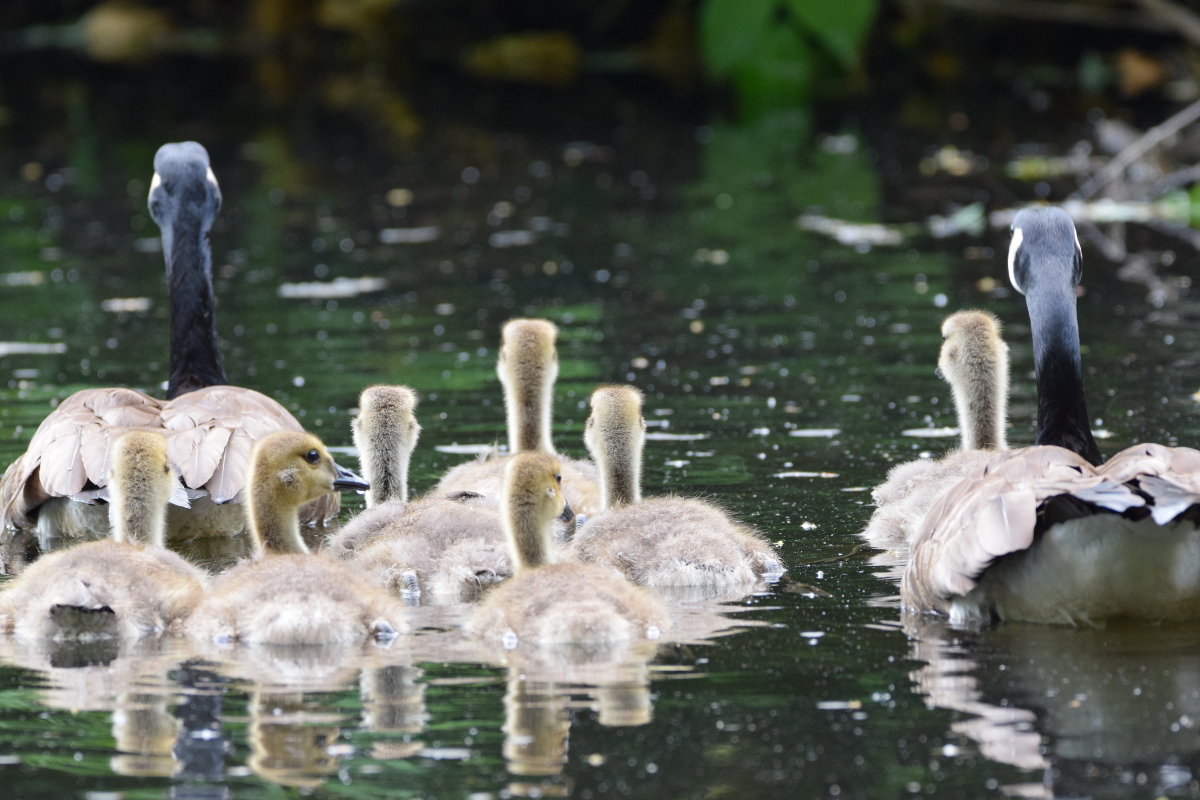Dear editor:
Friends of Animals gets many calls each Spring from concerned members who are upset that their condo complex, retirement community or lake association are approving egg addling, other harassment measures and even worse, geese roundups and slaughter, because some residents believe there are too many geese in their respective areas.
Sadly, the town of Bristol is the latest to pursue a management plan that, if approved by DEEP the Bristol Parks Board, would amount to a goose roundup and killing scheme to alleviate a so-called Canada geese problem in Veterans’ Memorial Park and Boulevard.
The town doesn’t have a Canada goose population problem–the problem is intolerant people who have an issue with cleaning up after wildlife. But as humans continue to encroach on wildlife habitat, they need to learn how to live in harmony with the waterfowl, especially during six weeks in the summer when they’re flightless and molting.
Friends of Animals believes habitats in parks can be modified creatively to make them less attractive to Canada geese, which is why we developed our Canada Goose Habitat Modification Manual, which we sent it to the Bristol Park Board after they myopically approved the killing project. Also, since Canada geese have a remarkable ability to adapt to human settings, special attention to cleanup has become essential. And the truth is, these days it’s easier than ever to institute clean-up programs that rid an area of goose droppings, and cost far less than endless killing projects.
For instance, in the U.S., Georgia-based manufacturer Tow and Farm offers different size pieces of equipment–its Tow and Collect series–that provide an efficient method of collecting goose feces.
Not only do sweepers provide a humane solution for maintaining grounds where Canada geese like to gather, cleanup is an investment that makes the most sense. Expensive methods like garlic spray, dogs and black powder guns don’t work. Goose roundups and nitrous oxide deaths put towns on a killing treadmill since more geese occupy the areas where geese were removed. You might as well learn how to live with them.
In addition to cleanup and habitat modification, a continuing public education and outreach campaign is also necessary. People need to learn about the natural conduct of nesting geese and giving them ample space to mitigate conflict. Geese deposit eggs in their nests between early April and mid-May. After their eggs hatch, adults care for their goslings during May and June.
After nesting, geese undergo an annual “molt,” a four-to-six-week flightless period when they shed and re-grow their outer wing feathers. Molting occurs between mid-June and late early August, and the birds resume flight by mid-August.
Violent, lethal responses are not only unethical, they offer only temporary answers. Geese are smart enough figure out what humans are doing and ignore harassment
efforts.
Nature abhors a vacuum. Canada geese aren’t going away. The only thing to do is clean up after them and us.
Priscilla Feral
President, Friends of Animals
Darien, Conn.

